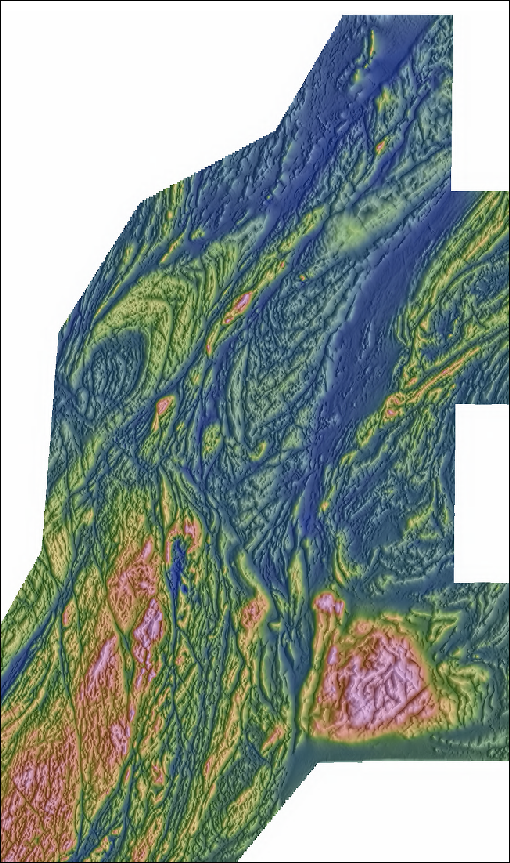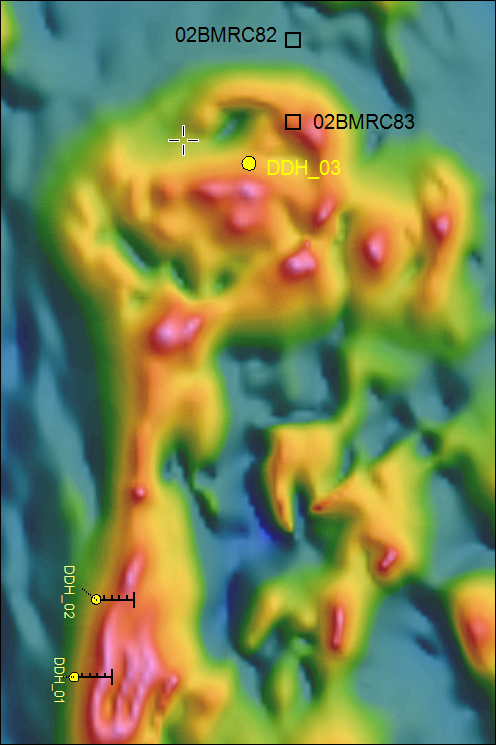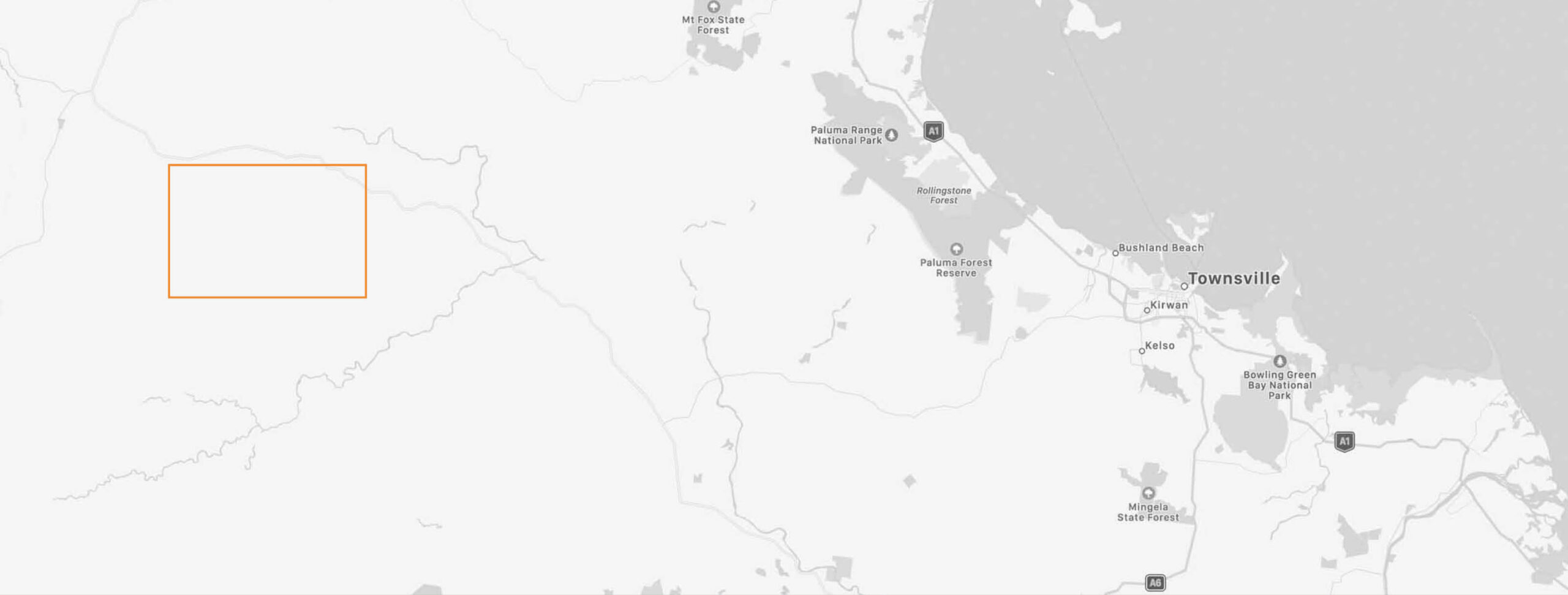Evidence to date for the region, including from the interpretation of geophysical imagery and modelling, shows Big Mag and Dido to be prime target areas with significant discovery potential.
The Dido Plutonic Suite comprises a complex of gabbros, troctolites, diorite and quartz diorites, which form a prominent, broad, 90km long, north northeast trending belt to the west of the Big Mag complex. The mafic to ultramafic phases have been dated at ~470Ma while the cross-cutting tonalite (weakly magnetic) is dated at ~430Ma.
Superior has recently applied for new EPMs (EPM27754, EPM27755 and EPM27932) totalling 900 square kilometres to cover the most interesting parts of this intrusive complex for Voisey’s Bay-style magmatic Ni-Cu-Co-PGE mineralisation.
In the Voisey’s Bay deposit in Labrador, Canada, troctolite is the ore host and mineralisation occurs in a feeder dyke (Feeder Sheet) as well as near the base of linked, plunging olivine gabbro-troctolite intrusions (Reid Brook and Eastern Deeps intrusives) over a strike of 5km. The highest grade is in the ovoid which is a depression within the feeder dyke above basal breccias. At the start of mining in 2005, this world class deposit had a resource of 77.6Mt @ 2.28% Ni, 1.19% Cu, 0.13% Co, while the 2018 combined reserves were 31Mt @ 2.12% Ni, 0.94% Cu, 0.13% Co.


